“Shakudō: from Samurai Ornaments to Jewelry” at L’ ÉCOLE, School of Jewelry Arts in Hong Kong
Exhibition - December 11, 2024
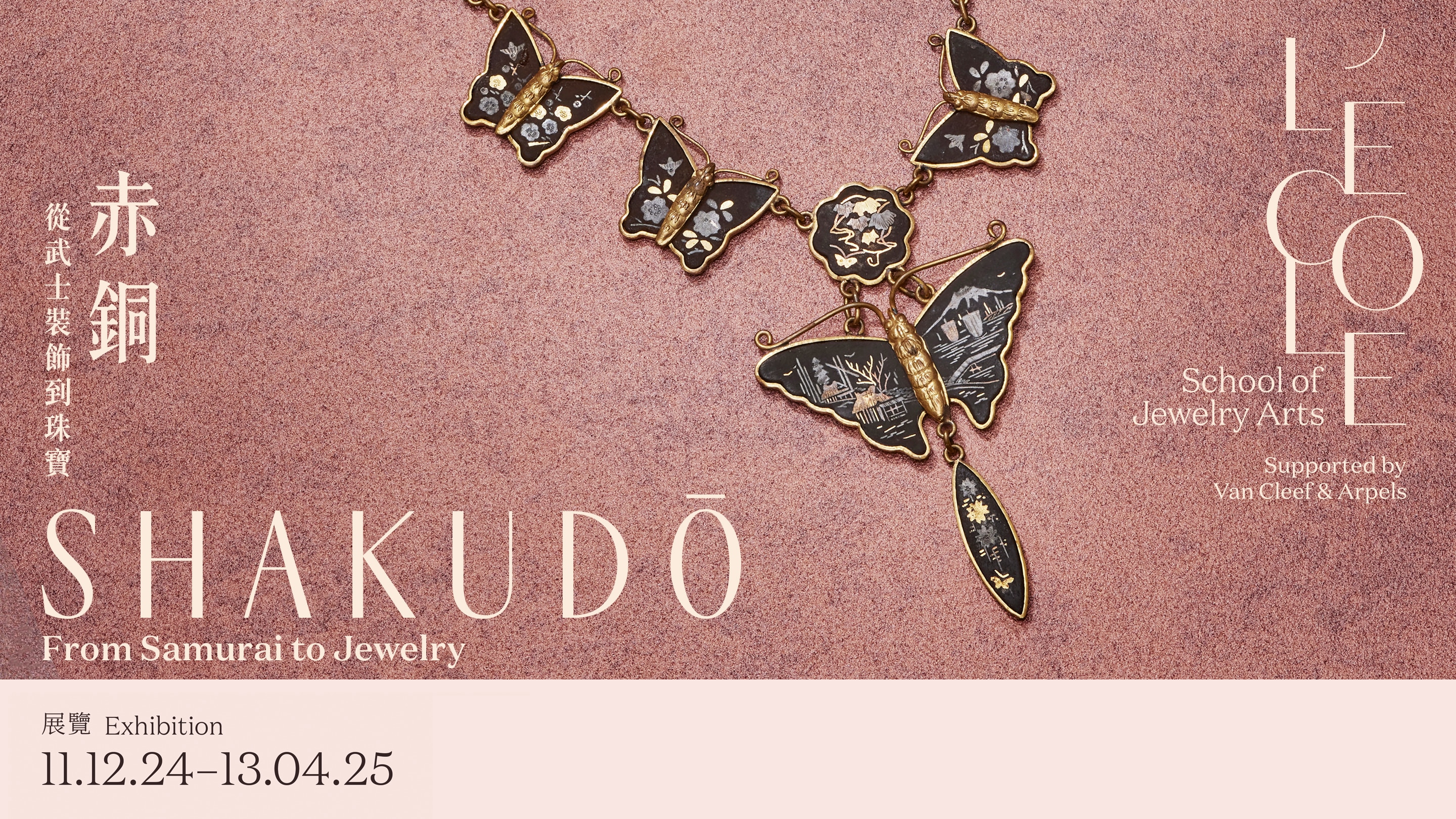
For one of the first exhibition devoted to shakudō, L'ÉCOLE, School of Jewelry Arts highlights the technique, uses and fascinating history of this black metal traditionally used in Japan for the decorative elements of samurai swords. For this occasion, 36 pieces of jewelry are presented. The creations with European mounts are adorned with shakudō elements inlaid with gold, silver and copper, depicting Japanese scenes from the Edo period (Tokyo's former name). All the creations come from a single private collection, shown to the general public for the first time.
.jpg)
Brooch with a boat in a thunderstorm, Japan, late 1800s, gold and silver-gilt shakudō
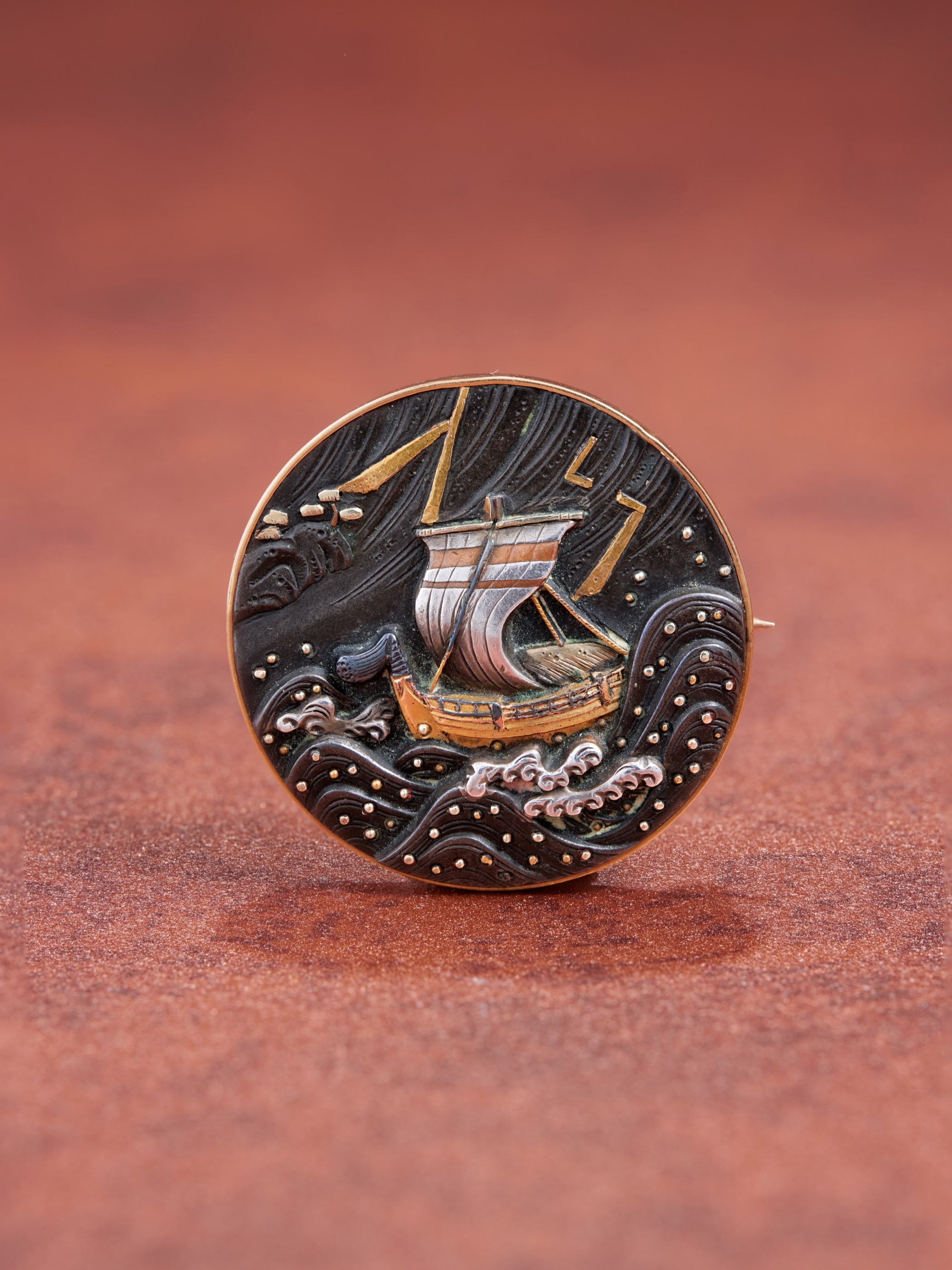
Brooch with a boat in a thunderstorm, Japan, late 1800s, gold and silver-gilt shakudō
Organized in three main sections, the exhibition begins with the technical aspects of shakudō, an alloy composed of 94% copper and 4% gold, which gives it its red color. To obtain its black patina, metalworkers degrease and polish it with charcoal before immersing it in a chemical solution. They have excelled in this art since the 12th century, when shakudō replaced urushi lacquer on swords.
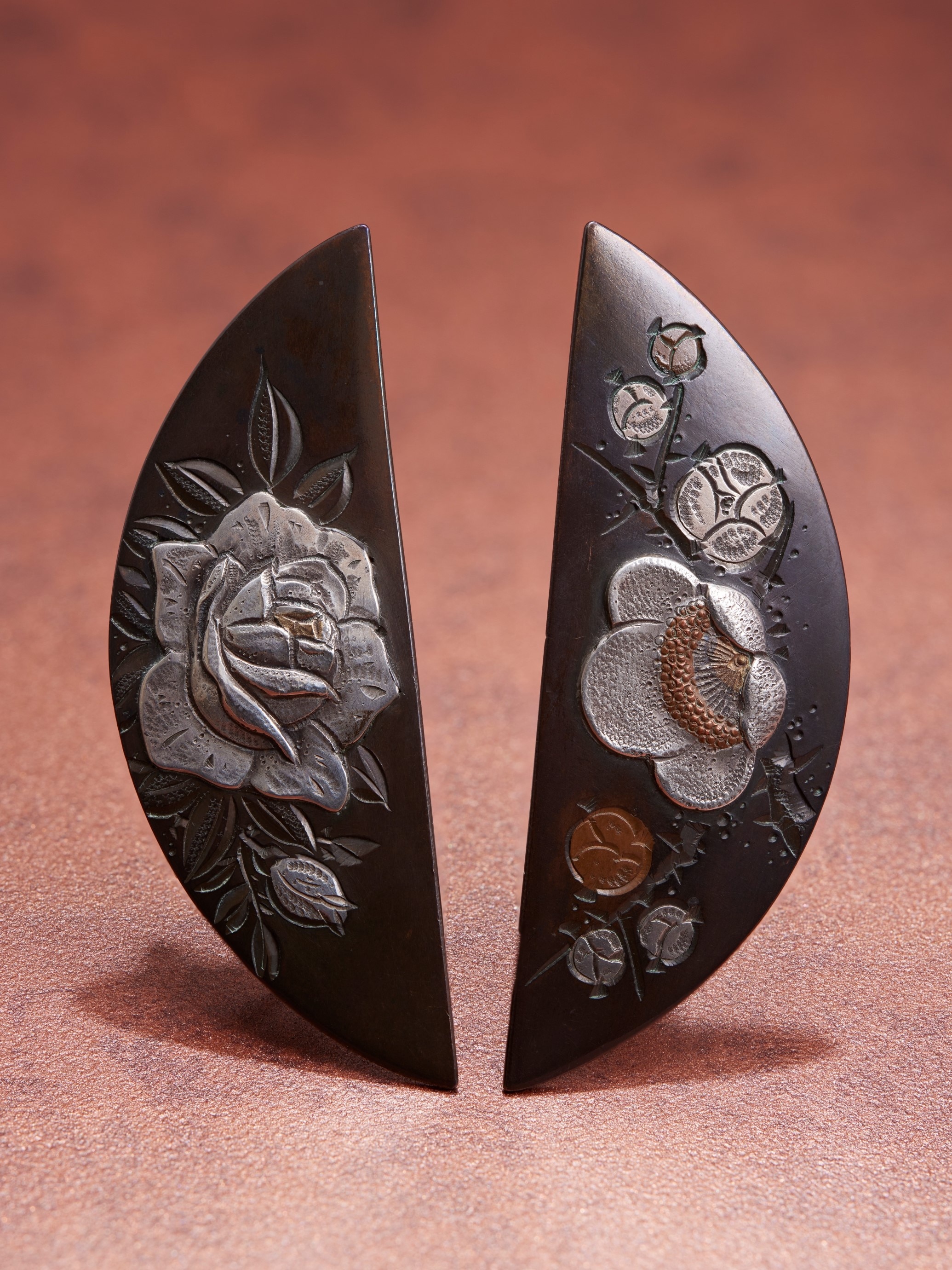
Two brooches with peonies or chrysanthemums, Japan, late 1800s, gilt shakudō, possibly painted with maki-e lacquer
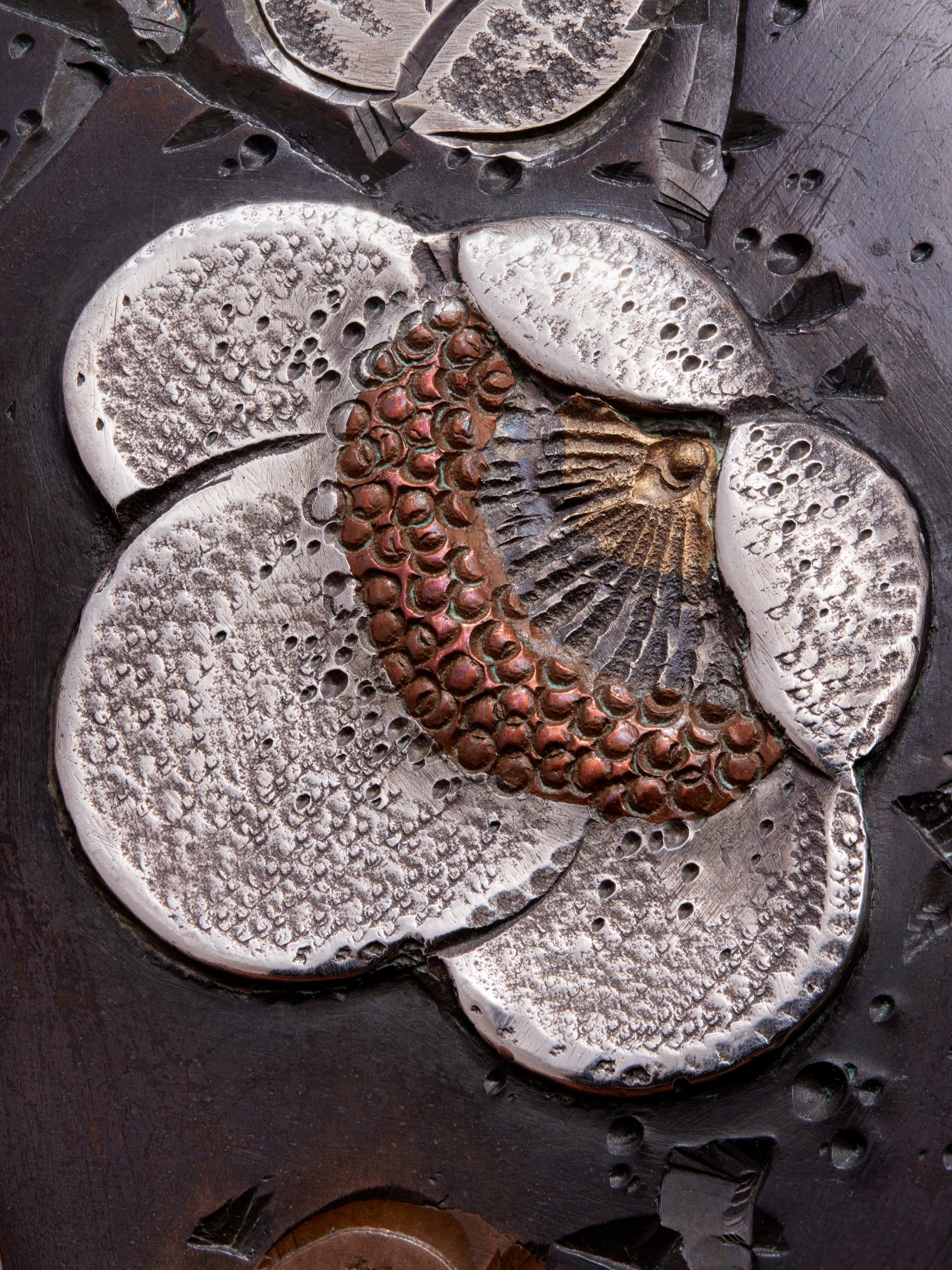
Two brooches with peonies or chrysanthemums, Japan, late 1800s, gilt shakudō, possibly painted with maki-e lacquer
How did shakudō transition from swords to jewelry? The fascinating story has its origins in a political event: the forced opening of Japan to international trade during the Edo era, from 1853 onwards, under pressure from American “black ships”. The country's modernization with the abolition of the feudal system led to the end of the samurai and the prohibition of sword-carrying in 1876. The metalworkers, deprived of their clients, were encouraged by the Meiji government's export policy to adapt their production to European tastes. They began to manufacture small components in shakudō. In the West, jewelers discovered the virtuosity of Japanese craftsmen, capable of creating vibrant shades of gold, copper and silver. In search of renewal, they utilized these shakudō pieces and integrated them into their European settings in place of cameos and enamel miniatures.
Hybrids between European aesthetics and Japanese technique, these jewels made between 1860 and 1880 illustrate the fascination with the asian culture at the time. The shakudō pieces inlaid with miniature scenes are an endless source of surprise and wonder. Through magnifying glasses, visitors can discover the minutest details of fishing boats, wild reeds, and anthropomorphic animals. These miniatures also herald the end of a traditional world now subject to foreign influences: samurai, stripped of their warrior spirit, stroll along the water's edge in kimonos.
The three main sections of the exhibition are enriched with loans. The samurai sword from Hong Kong's Liang Yi Museum stands alongside a sword blade from a private Chinese collection. Posters and drawings from a private French collection illustrate the prevalence of “Japonism” – the infatuation with all things Japanese in Europe at the end of the 19th century.
-
“Shakudō: from Samurai Ornaments to Jewelry” at L’ ÉCOLE, School of Jewelry Arts in Hong Kong
Dates: From December 11th, 2024 to April 13th, 2025
Opening hours: Monday to Sunday, 1:00pm to 7:00pm
Location: L’ÉCOLE Asia Pacific, School of Jewelry Arts, 510A, 5F, K11 MUSEA, Hong Kong
Free admission
Guided tours available in English, Cantonese or Mandarin upon registration.
Walk-in is welcomed
Credit: All pieces are from private collection
Photos: L'ÉCOLE, School of Jewelry Arts - Benjamin Chelly
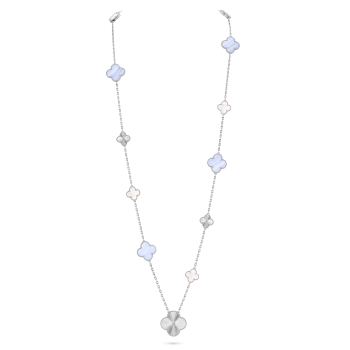

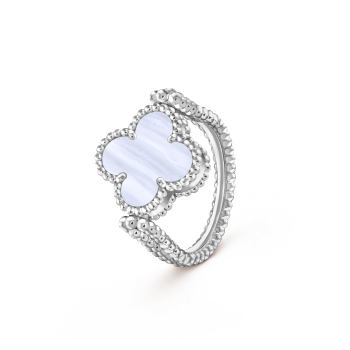
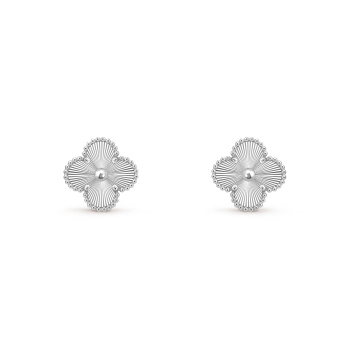
.jpg)
.jpg)
.jpg)
.jpg)
